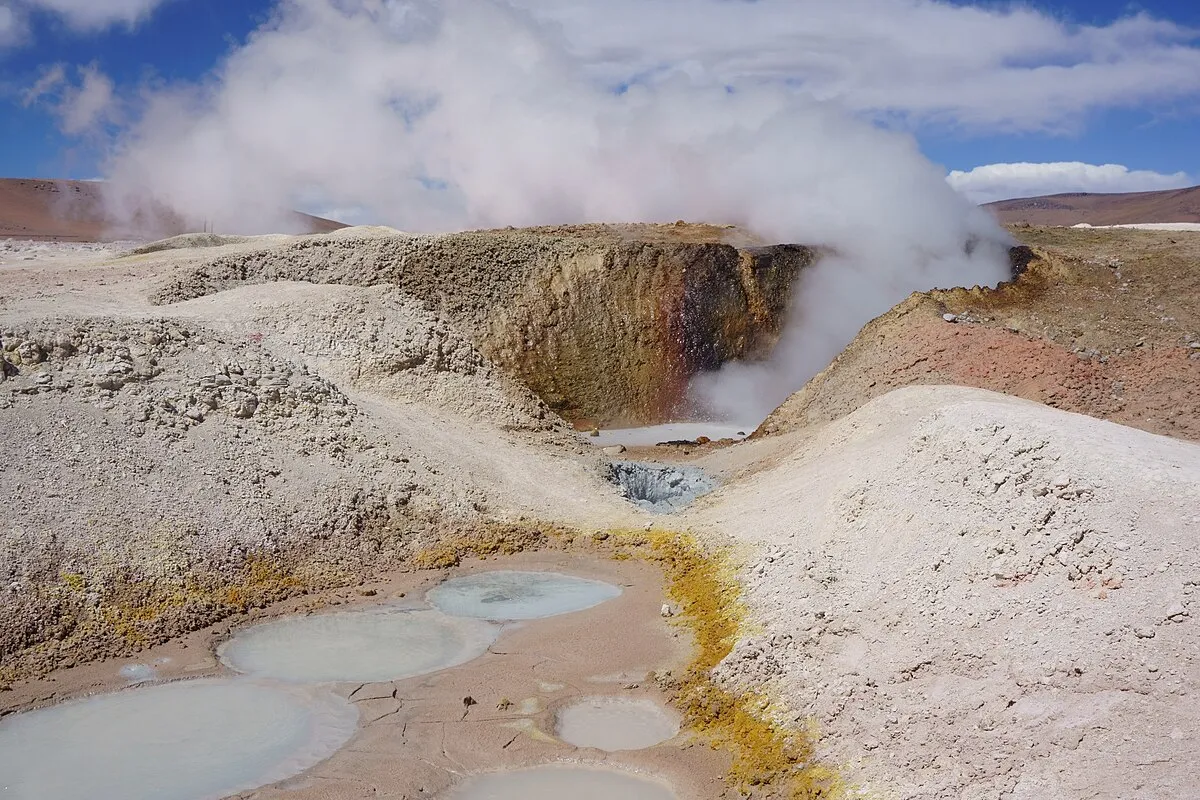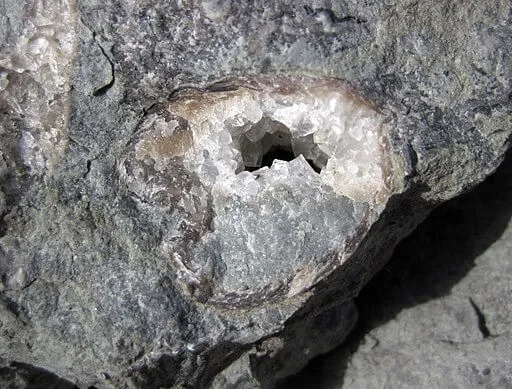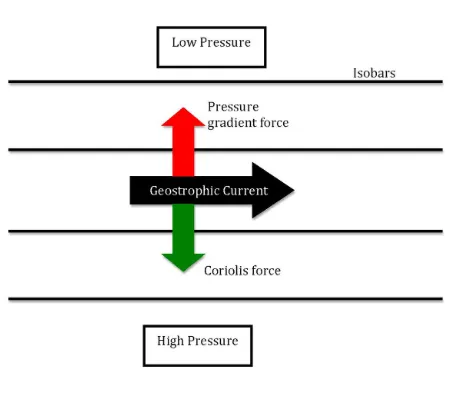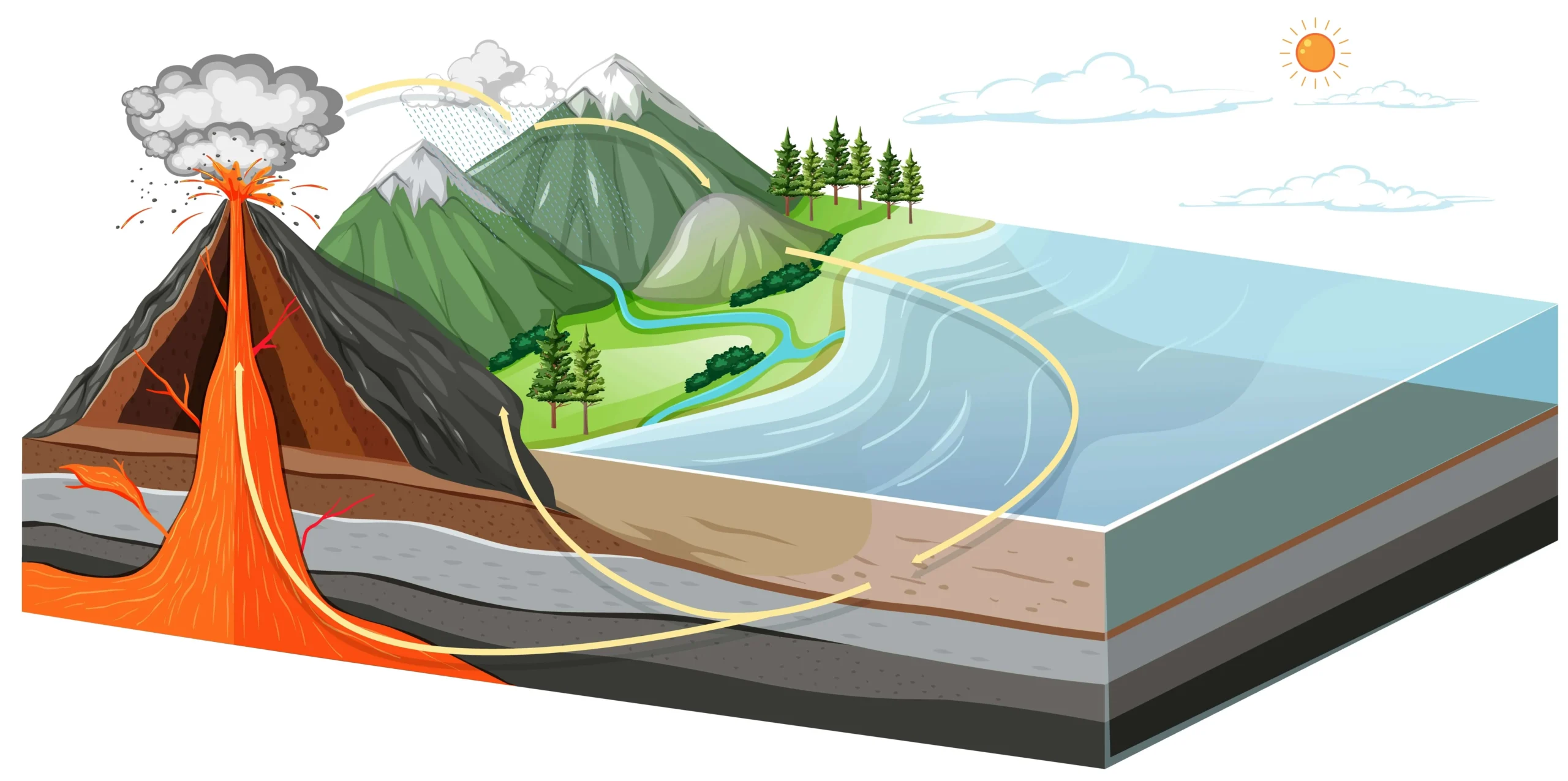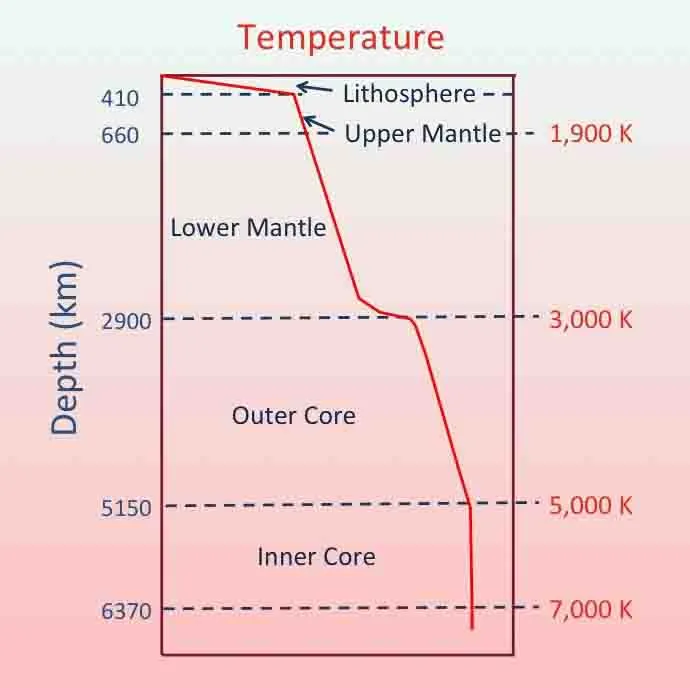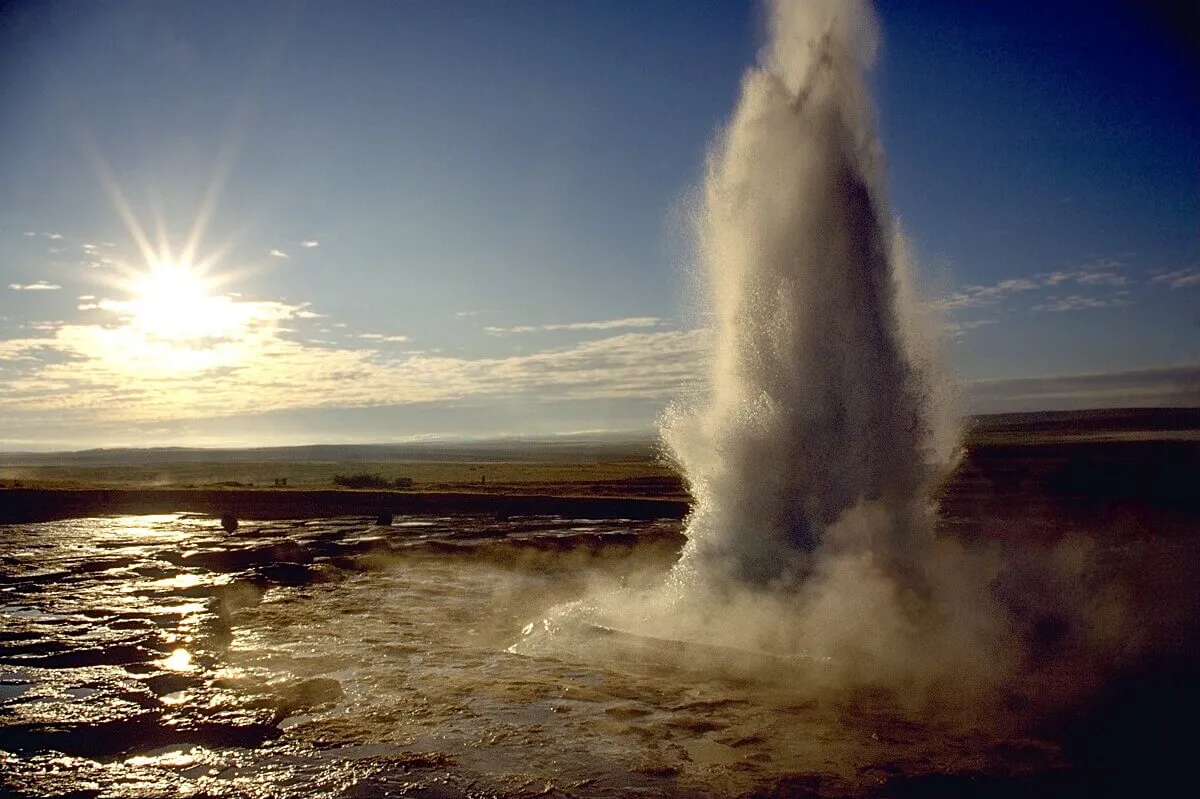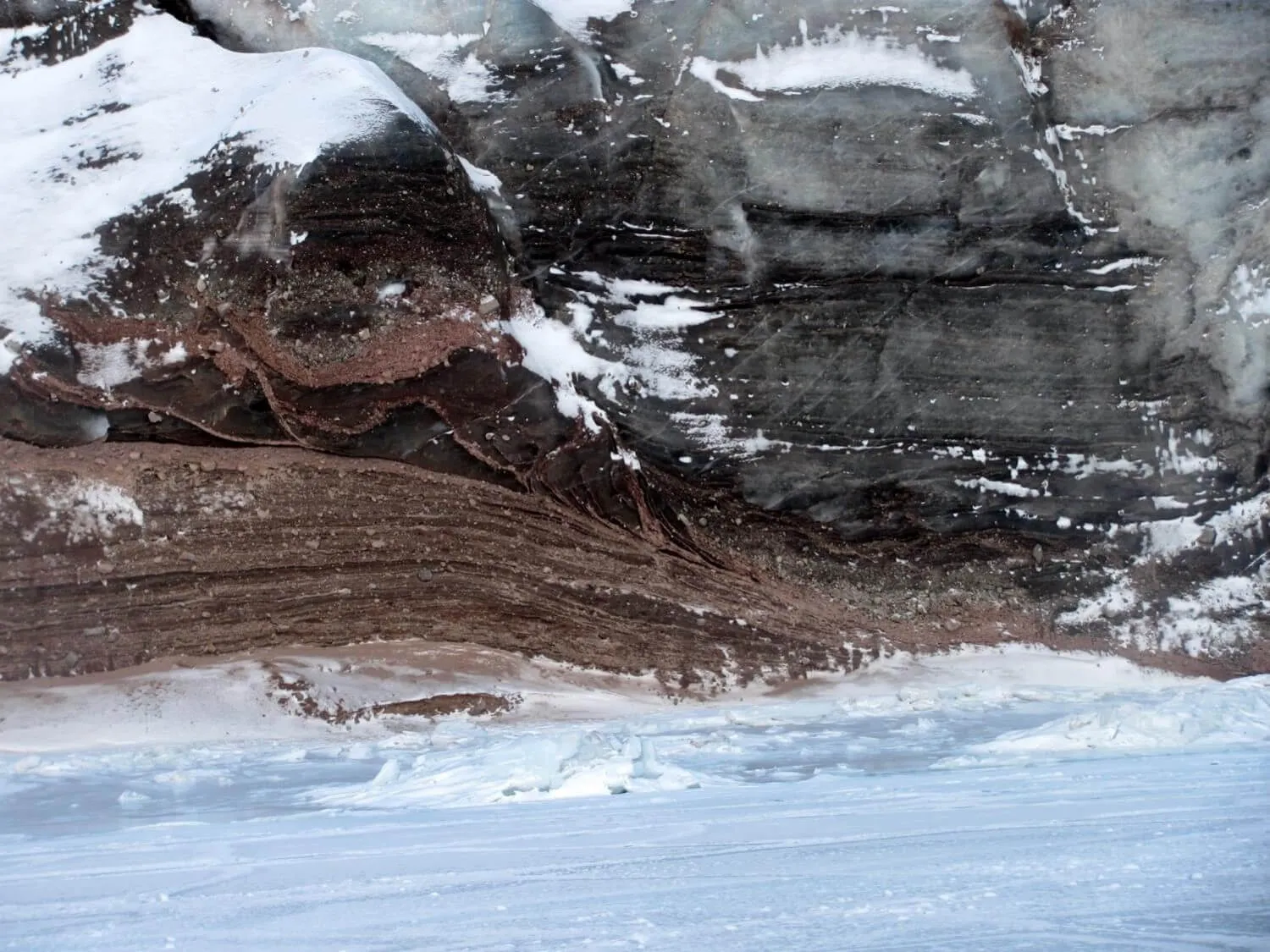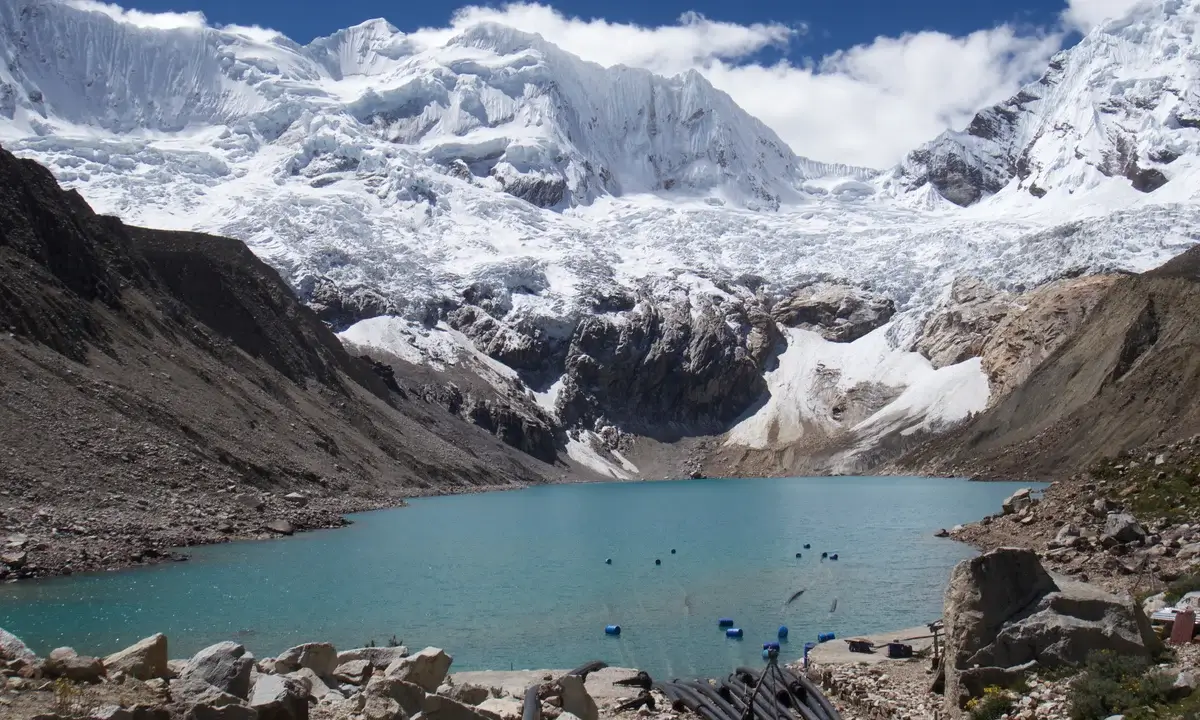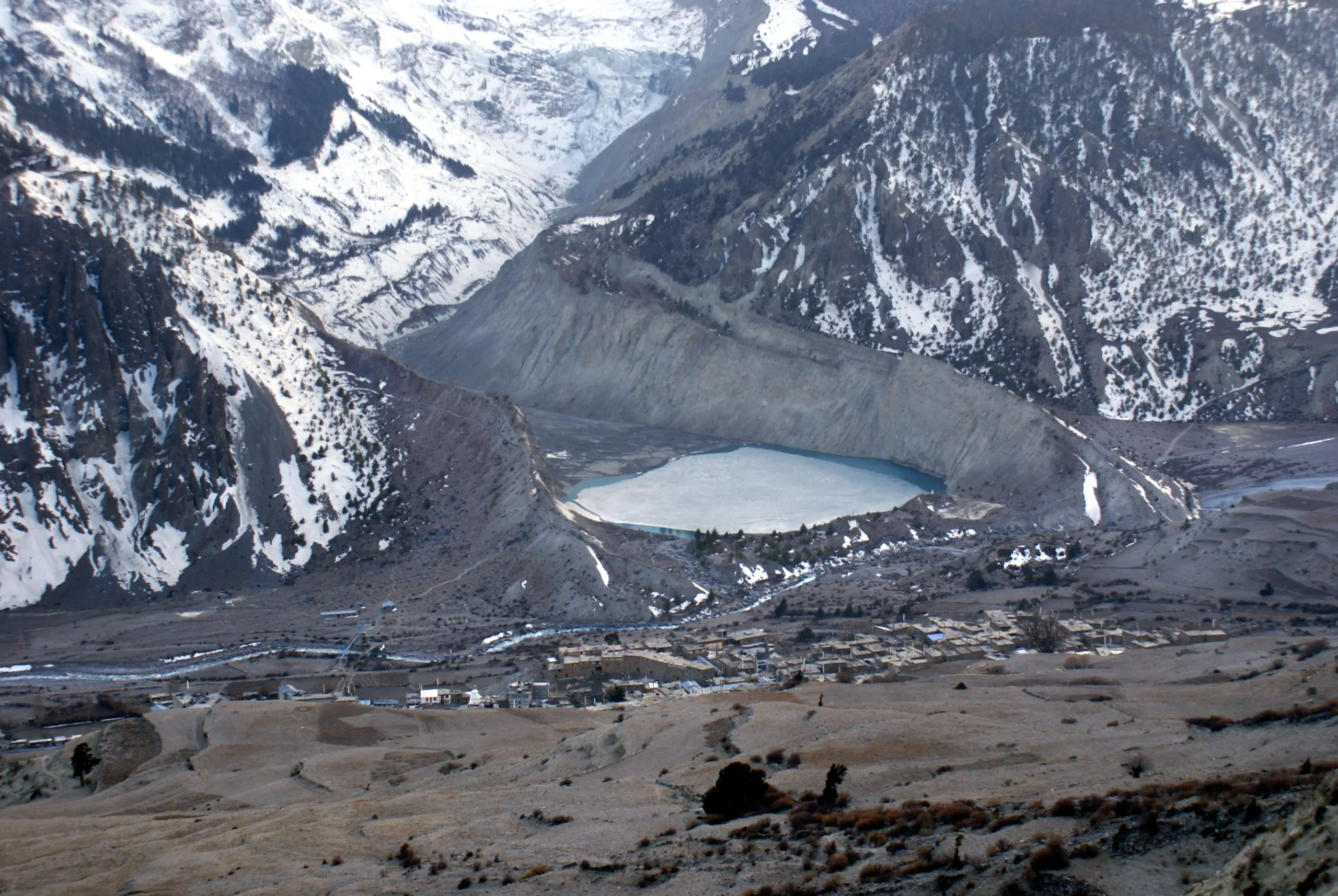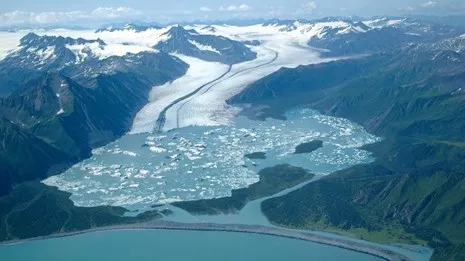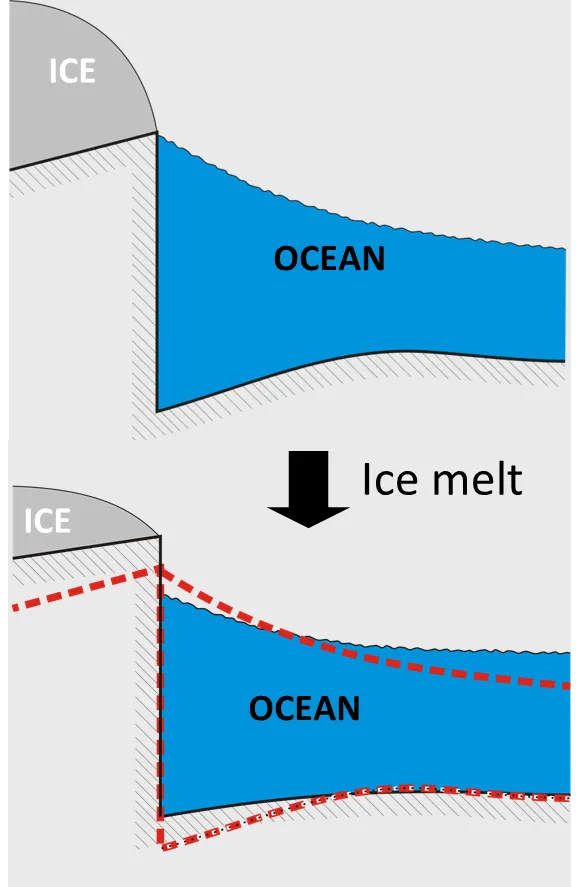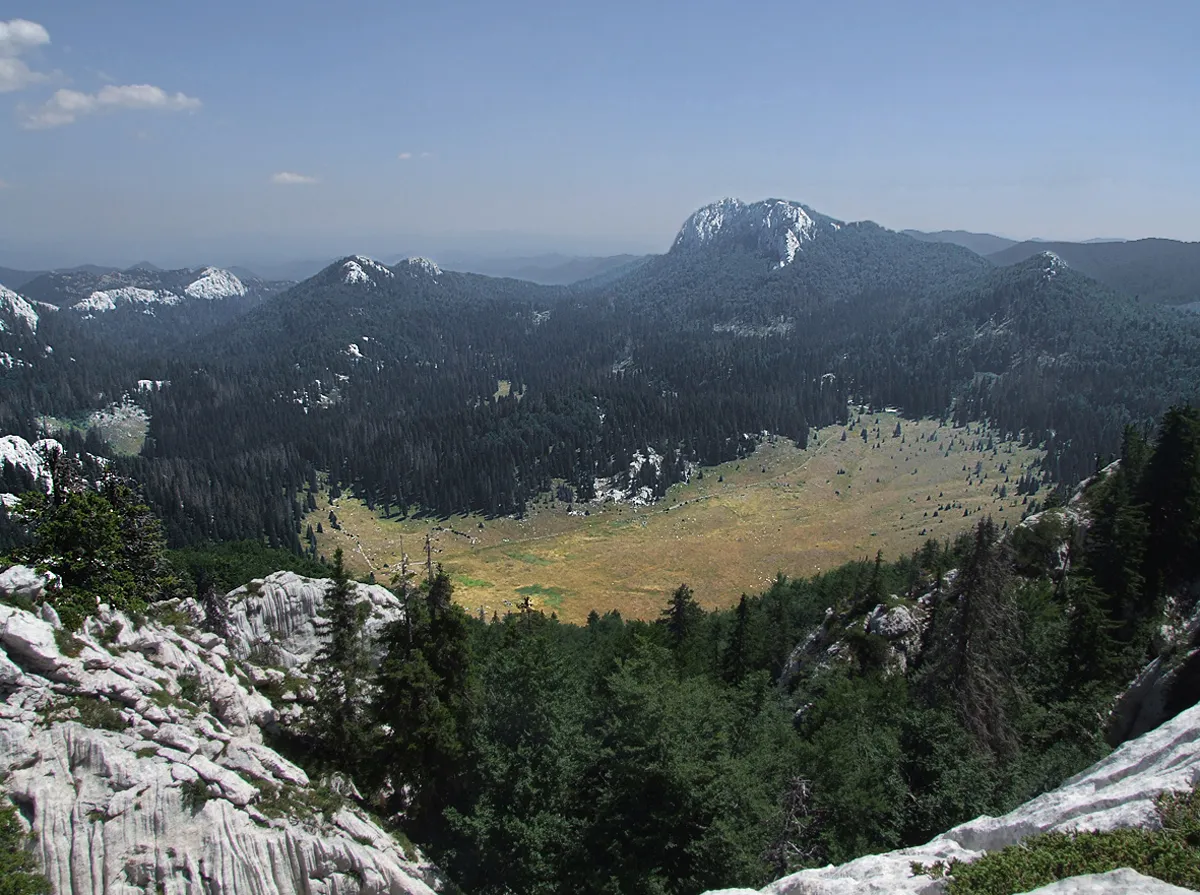Frost heaving is the upward movement of soil or rock caused by the freezing and expansion of water in the ground. This process is significant in cold climates and can cause damage to roads, buildings, and other structures. Understanding frost heaving is important in geotechnical engineering, soil mechanics, and the study of periglacial environments.
Reference: Andersland, O. B., & Ladanyi, B. (2004). Frozen Ground Engineering. John Wiley & Sons.



